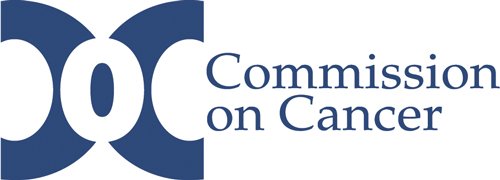Head and Neck Cancer
What is Head and Neck Cancer?
Head and neck cancers include cancers in the larynx, throat, lips, mouth, nose, and salivary glands. Tobacco use, heavy alcohol use, and infection with human papillomavirus (HPV) increase the risk of head and neck cancers. These cancers account for around 4% of all cancers in the United States.
- Cancers of the head and neck can form in the:
- Oral cavity
- Throat (pharynx)
- Voice box (larynx)
- Paranasal sinuses and nasal cavity
- Salivary glands
What are the Symptoms?
Head and neck cancer symptoms may include a lump in the neck or a sore in the mouth or throat that does not heal and may be painful, a sore throat that does not go away, difficulty in swallowing, and a change or hoarseness in the voice. These symptoms may also be caused by other, less serious conditions. It is important to check with a doctor or dentist about any of these symptoms.
What are the Risk Factors?
Head and neck cancer can be caused by:
- Alcohol and tobacco use, including secondhand smoke and smokeless tobacco
- Infection with cancer-causing types of human papillomavirus (HPV), especially HPV type 16
Other known risk factors for specific cancers of the head and neck include:
- Paan (betel quid) use – a common custom in southeast Asia
- Occupational exposure
- Radiation exposure
- Epstein-Barr virus infection
- Ancestry
What are the Preventative Measures?
Most head and neck cancers can be prevented. At least 75 percent of cases are caused by alcohol and tobacco. People who are at risk of head and neck cancers―particularly those who use tobacco―should talk with their doctor about ways to stop using tobacco to reduce risk.
Avoiding oral HPV infection can reduce the risk of HPV-associated head and neck cancers. An HPV vaccine can prevent those infections and cancer. The series is either two or three doses, depending on age. The Centers for Disease Control and Prevention recommends children get their first dose when they’re 11 or 12, and the second dose six to 12 months later. If getting vaccinated after age 15, a three-dose series is required to have full protection. The vaccine is recommended for children and adults ages 9 up to 26, and some adults ages 27 to 45 may also benefit from vaccination.
What to Know About Screening:
Although there is no standard or routine screening test for head and neck cancers, dentists may check the oral cavity for signs of cancer during a routine checkup.
Your doctor will review your social, family and medical history, your risk factors such as tobacco and alcohol use, your history of head and neck radiotherapy, family history of head and neck cancer, and your personal history of cancer. Patients older than 40 are considered at a higher risk for oral cancer.
Types of Treatment for Head and Neck Cancer:
Head and neck cancer treatment can include:
- Surgery
- Radiation therapy
- Chemotherapy
- Targeted therapy
- Immunotherapy
- or a combination of treatments
Accreditations:
Our Lady of the Lake Cancer Institute is accredited as a comprehensive community cancer program by the Commission on Cancer, affirming the highest standards in research, treatment, prevention and education and meeting successful completion of a rigorous review process. This accreditation has been in place since 1990, demonstrating the sustained quality of this comprehensive approach.
Our Lady of the Lake Head & Neck Center is a Multidisciplinary Team of Distinction. This designation is based on meeting North American Skull Base Society (NASBS) membership criteria and may not be construed as a medical referral.
Some content courtesy of the U.S. Newsweek.
Learn more about the variety of treatment types available at
Our Lady of the Lake Cancer Institute.



